Natural, washed, wet-hulled – what?!
Your Velo coffee just arrived, and with high levels of excitement, you open the box and take your coffee bag out! Maybe you got one of our India coffees, or our Finca Los Papales from Nicaragua with complex, fruity flavours. Either way, you look at your bag of coffee and see words like “natural, washed, wet-hulled, extended fermentation”, and you can’t help but wonder what they mean.
Well, wonder no more! We are going to tell you all about the different types of processes that coffee beans go through. The way the coffee beans are processed can impact the flavour of the coffee, so you may have a preference of process without even knowing.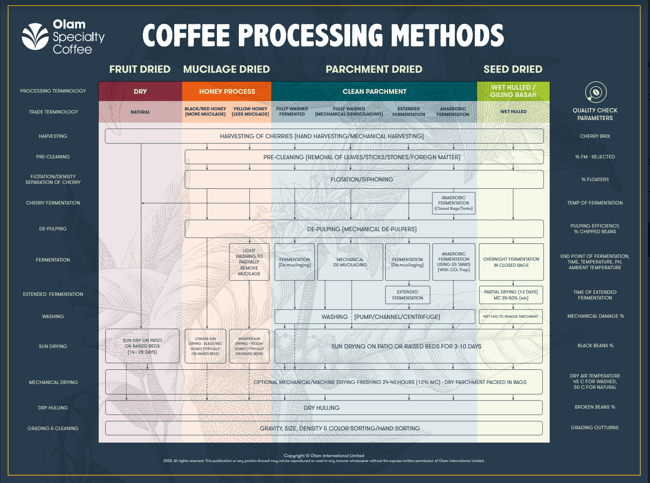
Coffee processing is broken down into four different methods: fruit dried, mucilage dried, parchment dried, and seed dried. These methods are then broken down into what we are going to talk about today!
Natural Coffees
The natural, or dry, process of coffee is a basic approach originally from Ethiopia. This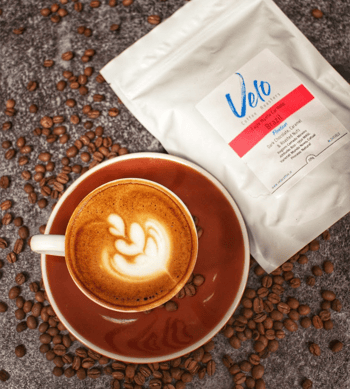 process requires less investment, but certain climate conditions are necessary to dry the beans properly. The natural process can create some of the most flavourful coffees!
process requires less investment, but certain climate conditions are necessary to dry the beans properly. The natural process can create some of the most flavourful coffees!
The natural process is where the coffee cherries (yes, coffee beans come from a fruit) are picked when ripe, laid out to dry on massive patios or raised beds for weeks at a time and turned periodically to avoid spoiling. The coffee is then dried to a standard of 10% - 12% moisture.
Our Brazil Eagle Monte Carmelo is a favourite among our customers, and one of our natural processed coffees. The region this coffee comes from has a very dry climate, so the coffee is not impacted by humidity.
Washed Coffees
Washed coffees focus solely on the bean and really allow you to taste what’s on the inside. The washed process depends on the bean’s ability to absorb natural sugars and nutrients before harvest. Here, the country of origin plays a prominent role in the overall flavour.
Soil, weather, washing, and drying are all key elements of the washed coffee process. Washed coffees highlight the true character of a single origin bean, which is why so many specialty coffees are washed!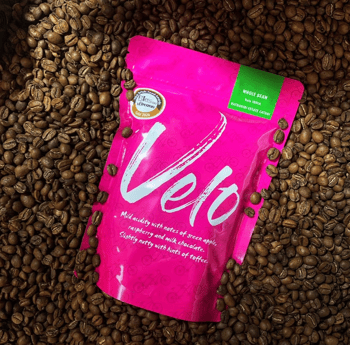
One of our most popular coffees is a washed Catuai from Ratnagiri Estate in India! This delicious coffee is slightly nutty with flavours of milk chocolate and green apple - sounds delicious! The farm where this coffee comes from has been operated by the same family for generations, giving them plenty of time to perfect the washed process and begin to experiment!
Red Honey
During honey processing, the cherry peel is removed, but some of the ‘flesh’, or mucilage, of the 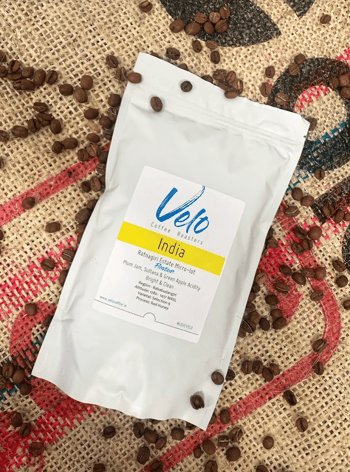 coffee bean is left inside while the beans are dried. The mucilage is the inner layer of the pulp filled with sugars, which is important for fermentation. It is extremely sweet and sticky, like honey, and while the name has nothing to do with the taste, these coffees are known for their sweet flavours.
coffee bean is left inside while the beans are dried. The mucilage is the inner layer of the pulp filled with sugars, which is important for fermentation. It is extremely sweet and sticky, like honey, and while the name has nothing to do with the taste, these coffees are known for their sweet flavours.
There are a number of different honey processes, but we want to highlight one of our favourite coffees that is processed with the red honey method. Red honey processing is done under more shaded or covered areas to slow down the drying time, thus increasing the humidity the beans are exposed to. The beans are typically dried on raised beds.
We have another India coffee for you to try. Our Ratnagiri Estate Micro-Lot coffee is a delightful red honey processed coffee. If you’re looking for a bright, clean cup of coffee, you’ve met your match!
Anaerobic and Extended Fermentation
Although all fermentations are technically anaerobic, we are going to talk about two ways we differentiate it in the coffee world - extended and anaerobic. During fermentation in coffee, there are biological processes that occur in which enzymes produced by the yeast and bacteria start breaking down the sugars in the mucilage (don’t worry - we won’t get all ‘sciencey’ on you)!
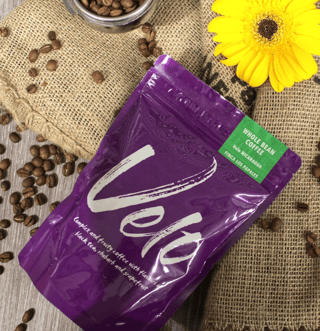 Coffee beans that are being processed with the anaerobic fermentation method are stored in closed bags or tanks with carbon dioxide traps and covered with water. (Sorry in advance for th
Coffee beans that are being processed with the anaerobic fermentation method are stored in closed bags or tanks with carbon dioxide traps and covered with water. (Sorry in advance for th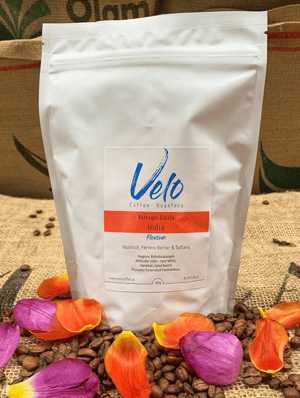 e nerdy science words coming your way). Anaerobic fermentation allows for better control of the process by being able to control pH levels, sugar content, and temperature in the tank. The coffee will ferment for about 48 hours before being washed and dried. We have a delicious coffee from Nicaragua, Finca Los Papales, that goes through this process, so be sure to give it a try!
e nerdy science words coming your way). Anaerobic fermentation allows for better control of the process by being able to control pH levels, sugar content, and temperature in the tank. The coffee will ferment for about 48 hours before being washed and dried. We have a delicious coffee from Nicaragua, Finca Los Papales, that goes through this process, so be sure to give it a try!
Extended fermentation is very similar except each day, pulped beans are added to the fermentation tank with the previous fermentation. Each batch raises the pH level of the tank, which allows for longer fermentation times (for example, 120 hours vs 48 hours!) Our third and final coffee from India, Ratnagiri Estate - Extended Fermentation , goes through this process and it is truly one of a kind.
Wet-Hulled
This process is new for us here at Velo. Wet hulling is a traditional method from Indonesia. Each coffee cherry is made up of a bean, layer of parchment, and a few other layers. ‘Hulling’ is the removal of the parchment from the bean, but we will explain the whole process below - don’t worry!
The process starts with removing the beans and fermenting them overnight. The beans are then washed the following day and left as a wet parchment coffee (it’s still covered with the wet parchment layer). The coffee is then dried in the sun for 2-3 days. The moisture content will remain higher than the natural process, at 20% - 24%, so the bean is soft to the touch and inflated with water. 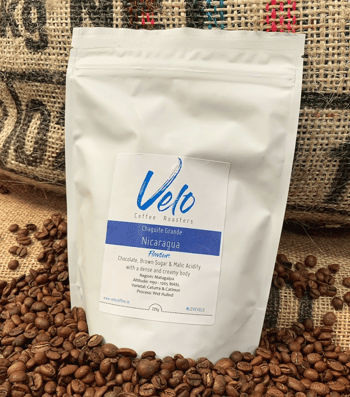
The coffee then goes through a special huller that is designed to handle the semi-dried parchment. The hulled beans are dried to 12% - 13% in the sun during the day and stored in bags overnight to continue fermentation.
Chaguite Grande from Nicaragua is our wet-hulled coffee here at Velo. This coffee has a rich and creamy body and flavours of dark chocolate – need we say more?!
Now what..?
Well, that was certainly a lot of information! Hopefully we were able to teach you something new today - other than the fact you want to go make a cup of coffee NOW!
.png)